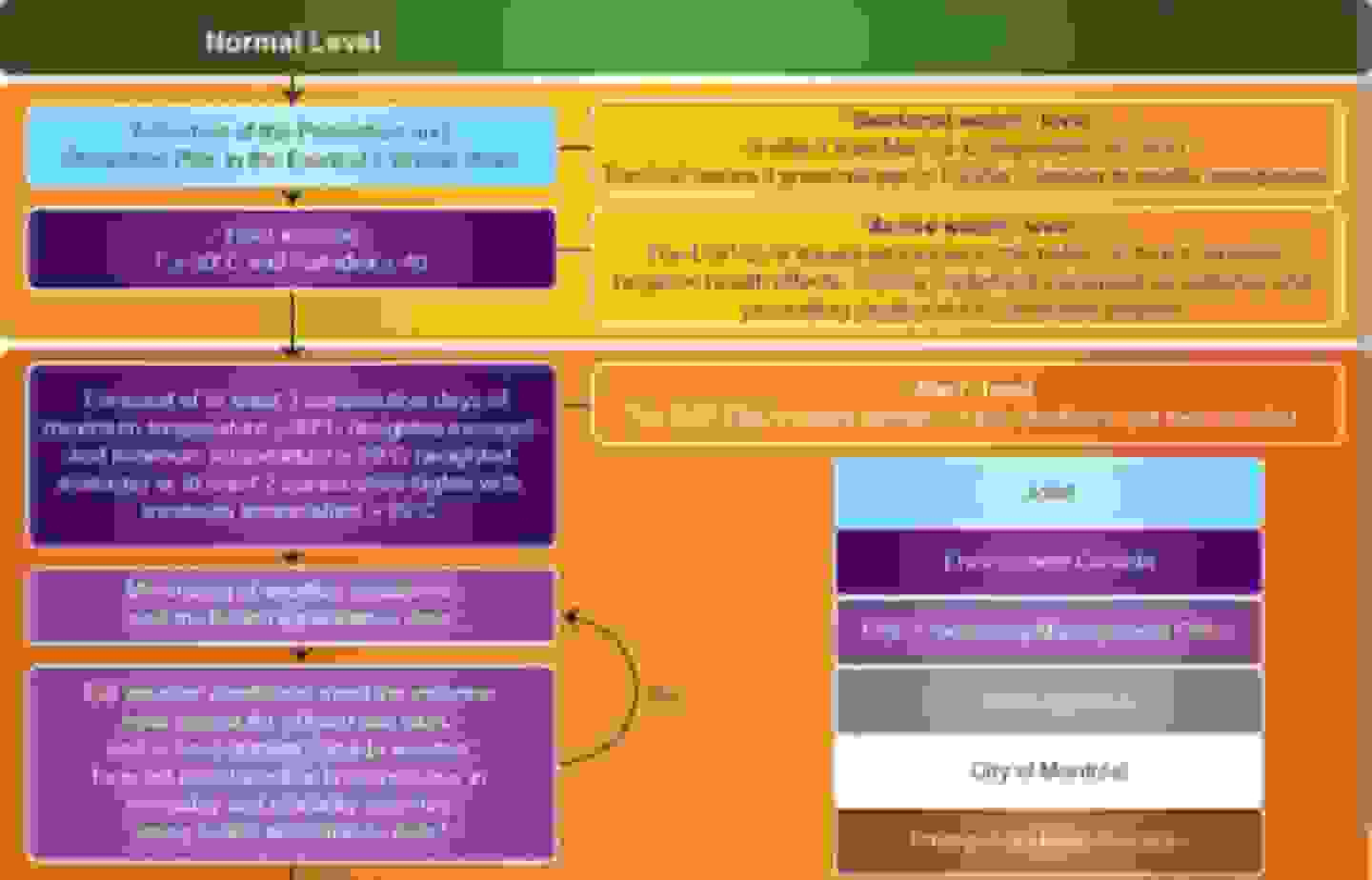Heat-Health Warning System
This article is a response to the message we received:
"Our school heads are looking for specific guidelines to suspend in-person classes, just like DO. 37, s 2022, in determining "extreme weather conditions."
The Philippines must establish a Heat-Health Warning System (HHWS) to aid principals in making decisions about class suspensions, much like how classes are canceled during typhoon signal numbers are raised.
This system would provide principals with a straightforward protocol, allowing them to make decisions with increased confidence and efficiency without the fear of reprimand from higher authorities.
An HHWS is a system that helps alert people about the risks associated with high temperatures and extreme heat. The system is designed to help safeguard the health and safety of vulnerable groups, such as older people, young children, and people with chronic medical conditions.
HHWS typically involves a combination of meteorological data, health surveillance, and risk communication strategies to provide timely advice and guidance on staying safe and relaxed during hot weather. These systems may also include setting up cooling centers and providing support services for particularly vulnerable individuals.
PAGASA has reported that a heat index of 52°C or higher is an extreme danger where heat stroke is imminent. Moreover, a temperature range of 42-51°C poses a threat of heat cramps and heat exhaustion, with a probability of heat stroke with continued exposure. Similarly, 33-41°C requires extreme caution, as it could lead to heat cramps and exhaustion, and continued activity may result in heat stroke. At the caution level of 27-32°C, fatigue is possible, and heat cramps may occur due to continued activity.
On Sunday, April 30, the Philippine Atmospheric, Geophysical, and Astronomical Services Administration (PAGASA) identified six areas in the Philippines that experienced a "dangerous" heat index.
These areas include Catarman, Northern Samar (44°C); Baler, Aurora (42°C); Clark Airport, Pampanga (43°C); Dagupan City, Pangasinan (44°C); Masbate City, Masbate (43°C); and NAIA Pasay City, Metro Manila (43°C).
The country has been experiencing hot and dry weather since March, which has caused the heat index to rise to levels that can lead to heat-related illnesses such as heat stroke.










No comments
Post a Comment